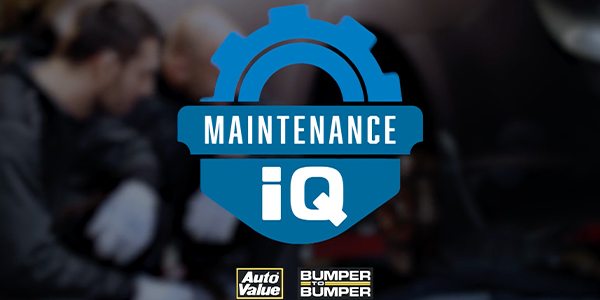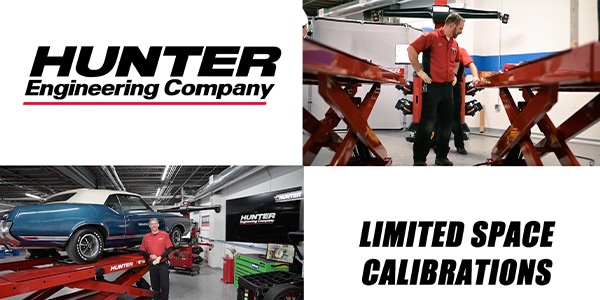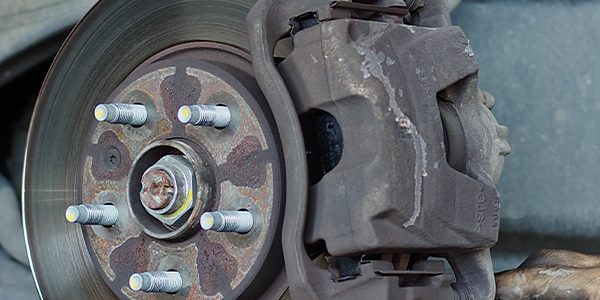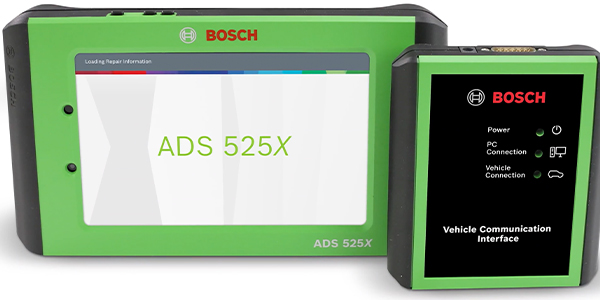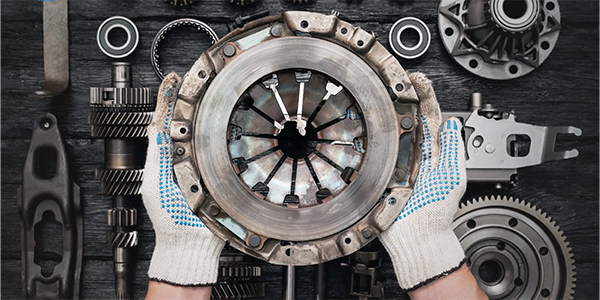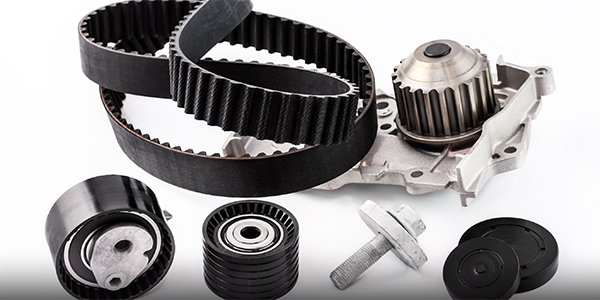We hear a lot about carbon footprints and sustainability. But how does this apply to brake pads?
Let’s first look at the manufacturing process.
The carbon footprint starts with the steel for the backing plate. If a manufacturer starts with low-grade steel covered in mill scale, also known as black steel, they will have to clean the surface after the pad is stamped.
Shot blasting machines need energy and additional materials. This increases the carbon footprint. To remove oil and debris after shot blasting, it requires chemicals and potentially toxic chemicals.
If a brake pad manufacturer uses resins or glues to secure the friction material to the backing plate, they will need large ovens to cure the resins and glue. Ovens need electricity or gas to operate; this increases the carbon footprint further.
If the brake pad is painted, the painting fumes must be contained and rendered inert. This again requires energy for the equipment and creates additional waste streams from a factory. Even if the pad is powder-coated, ovens are still needed to cure the finish.
Is there was a better way? The best way to reduce the environmental footprint is to start with better ingredients. Starting with high-quality steel with no mill scale or embedded iron oxides eliminates the need to shot blast the backing plate, thus decreasing the energy and waste required to make the backing plate.
Some manufacturers have even eliminated the glue required to secure the friction material by using mechanical attachment technology. These small hooks on the backing plate mechanically grip the friction material. No glue means no fumes or the long periods in a curing oven for the brake pad. This is an environmental win-win.
Mechanical attachment technology also reduces the brake pad’s carbon footprint in the field by reducing delamination and premature replacement.
Some brake pad manufacturers are ditching the paint for galvanization. Galvanization coats the pad with a zinc alloy in a hot bath. The chemicals used for galvanization are far less toxic than paint and do not off-gas or need to be cured. Another advantage is that the galvanized coating is applied to the area where the friction material is attached.
Once a brake pad set has been shipped and sold, the carbon footprint can expand even further. If one brake pad in a set of four has delamination due to corrosion, all the brake pads are going to need replacement sooner than anticipated. This means another set of brake pads needs to be manufactured and shipped to a shop, and the carbon footprint and environmental impact of the brake pads only grows larger.
If a shop chooses to install a brake pad that uses better steel, galvanization and mechanical attachment, the carbon footprint shrinks not only at the manufacturing level, but on the roads. This video is sponsored by NRS Brakes.


